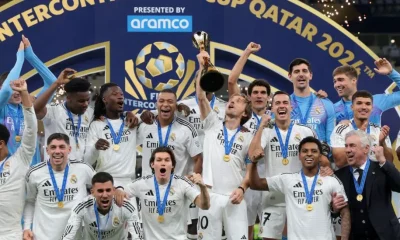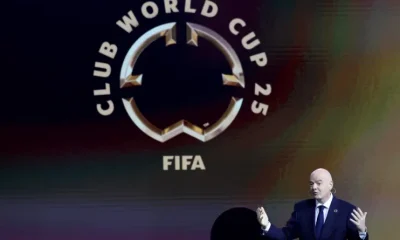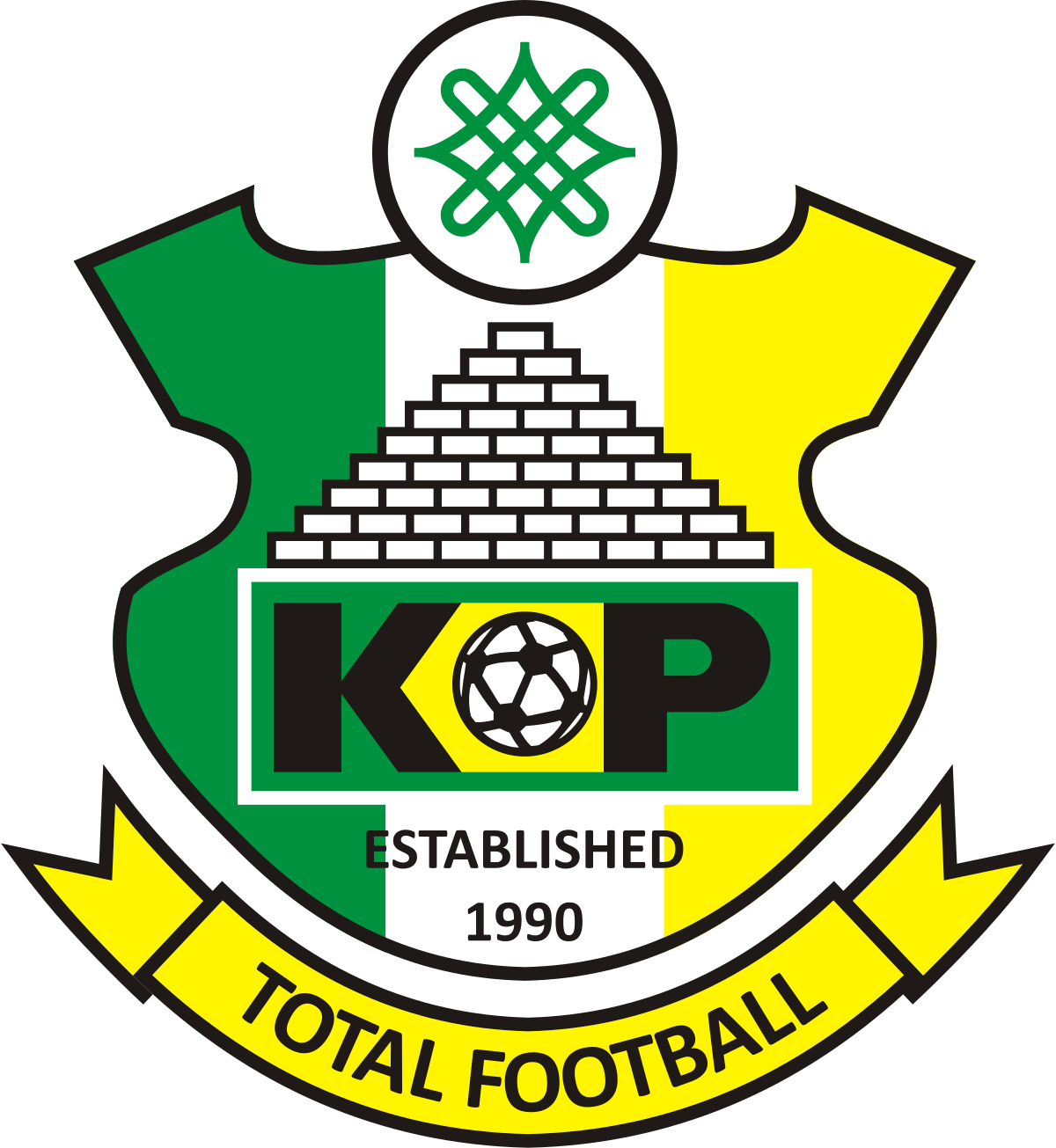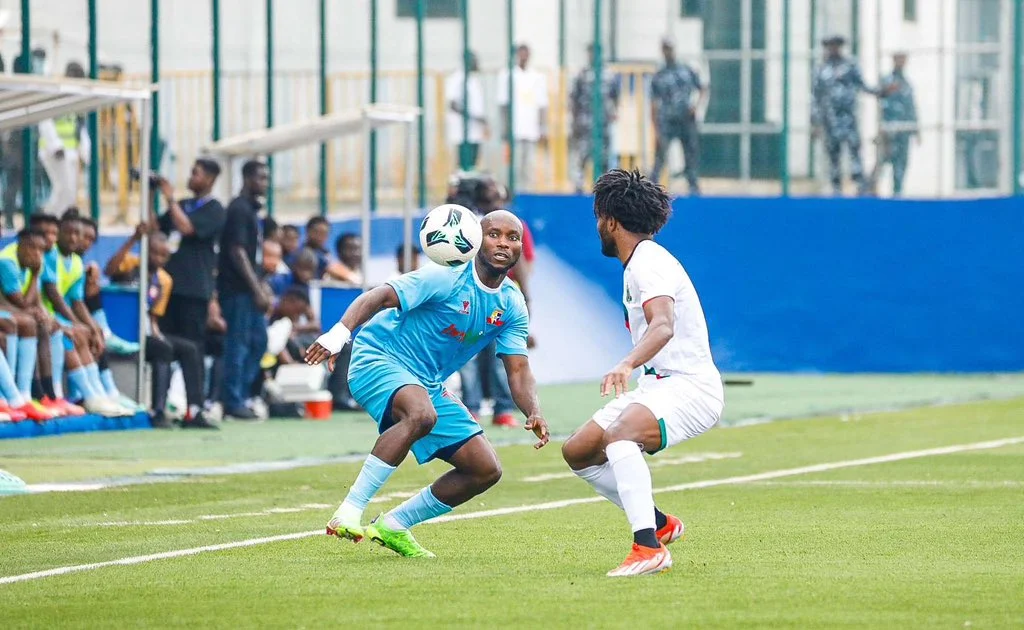When the 2023 FIFA Women’s World Cup opens in Australia and New Zealand on July 20, the lasses representing 32 countries across the globe, including the Super Falcons of Nigeria, will not only be playing for gong and glory but for big bucks for the first time.
This FIFA Women’s World Cup is the ninth edition that has huge performance-related bonuses to be paid directly to the players and the participating countries. Consequently, we should expect the ladies to play with more gusto than ever before.
Launched in 1991 in Sweden, the FIFA Women World Cup, true to prediction, has grown in leaps and bounds since former FIFA President Joseph Blatter audaciously predicted a decade ago that “the future of football will be feminine.”
“This [expanding the women’s game] is one of my projects,” said Blatter, who left office under the cloud in 2015, in an interview broadcast on Al Jazeera in 2013. “The future of football will be feminine.
“We have shown that now, all around the world, girls and women can play football; so we are investing a lot in women’s football,” the Swiss added.
If Blatter’s FIFA can be credited with laying the foundation for what women’s football is today, his successor, Gianni Infantino, who was elected as FIFA President in 2016 and re-elected in 2019 and in March 2023, will forever be remembered as the modernizer of women’s football.
While there has been prize money at the Men’s FIFA World Cup since 1982, the first edition of the FIFA Women’s World Cup to feature prize money was China 2007, where USD 6.4 million was shelled out.
Ever since, there has been marked progression so much so that USD 50 million was paid across board at the 2019 FIFA Women’s World Cup in France, but it has tripled this term with a staggering USD 152 million plus USD 110 million as performance-based fund for all the teams at this finals in Australia and New Zealand.
“FIFA is making a huge investment in women’s football, and for the first time ever, we are guaranteeing prize money for players,” the soccer ruling body said in a statement. “The decision of FIFA to pay 30 percent of World Cup funds to women’s football is a right step in the right direction, because, over the years, women’s football has suffered poor funding, which negatively affected the development of the gender aspect of the game.
“This move will give the game a better opportunity to develop in all areas.
“With this, women’s footballers can be exposed to series of programmes that will enable them reach desired height in the game, as the various federations across the world will be enabled to engage a number of developmental programmes which will boost the women’s game.”
While the rest of the world especially in Europe, Oceania and America has since made the women’s game the beautiful bride with guaranteed funding and sponsorship, Africa is yet to reach such golden heights.
Whereas the prize money at the UEFA Women’s EURO 2022 was €16 million euros, just a paltry USD 2.4 million was the prize money for the 2022 CAF Women’s Africa Cup of Nations, for instance.
Yet, according to FIFA, the decision to make more money available to women’s football, starting with this 2023 Women’s World Cup finals, would most definitely serve as motivation to women’s football; after all, “women have been limited in various areas due to paucity of funds. “Hence more accruable money will help boost the women’s game in several ways.” Besides, each player in each of the 32 teams at the 2023 FIFA Women’s World Cup will take home at least $30,000 USD from the tournament, even as all the 23 members of the winning team is guaranteed $270,000 USD as part of a $110m total prize pool.
“This decision will bring the women’s game in Africa close to what it is in Europe, America and the Oceania,” FIFA stated boldly. “It will also encourage the players stay back on the African continent to help develop the game instead of running outside the continent to play in the more lucrative and better organised foreign leagues.
“With better funding, African teams can be more technical in the game and won’t fall easily to the more technical foreign teams.
“African teams will now have more confidence to rub shoulders with the foreign teams and now see them as equals in the game, as the better development will enable the African teams win in bigger tournaments.”
Since their Euros triumph, England suffered their first loss under Sarina Wiegman following a 2-0 defeat to Australia and drew their most recent fixture when playing an at home friendly against Portugal. However, they are still huge favourites at this year’s competition despite the significant injury concerns which have pervaded the Lioness camp.
Millie Bright will be captaining the side following the confirmation that Leah Williamson suffered an ACL injury and will now be out for several months.
Ahead of this year’s hotly anticipated competition, this year’s FIFA Congress saw President Gianni Infantino pledge his intention for equal prize money by the 2027 Women’s World Cup. This news came after major concerns had been raised by players about the pay disparity ahead of this year’s world Cup and, in addition, female players have been lobbying their global union FIFPRO to push FIFA for equal pay.
While equal prize money will not be seen in a couple of weeks’ time, here is all you need to know about what the Women’s World Cup winners are set to win later in August…
What is the tournament prize money?
The FIFA Congress announced that the 2023 Women’s World Cup prize money would be increased up to $110 million (£84m). This figure has increased significantly from the $30 million that was seen in 2019 but that is still considerably less than what has been seen at the men’s World Cup.
The extra finance means there will be an additional $40 million for team preparation money and for the clubs who release players.
During the time this new proposed figure was announced, FIFA president Gianni Infantino said: “As a father of four beautiful daughters, I know how much attention we need to give women. Women deserve much, much more than that and we are there to fight for them and with them.”
Prize money breakdown:
Winners: $4 million
Runners-up: £2.6 million
Third place: $2 million
Fourth place: $1.6 million
5th-8th place: $1.45 million
9th-16th place: $1 million
17th-24th place: $750,000
What did Men’s World Cup 2022 winners earn?
The prize fund for the Men’s World Cup in Qatar was $440 million (over £365m). This was an increase of $40 million compared to the 2018 tournament and nearly a $100m increase on what was on offer at the 2014 World Cup in Brazil. Argentina won $42 million for their efforts in Qatar while runners-up, France, earned $38 million.
When is the Women’s World Cup?
The tournament will start with New Zealand facing Norway on Thursday 20 July at 8am BST and Australia facing Republic of Ireland later that day at 11am. England’s first fixture will take place at 10.30am on Saturday 22 July with 32 nations bidding for a place in the grand finale on Sunday 20 August at 11am BST.
BBC and ITV will be sharing the coverage after a controversial debate saw Infantino threaten to withhold the broadcasting rights altogether.
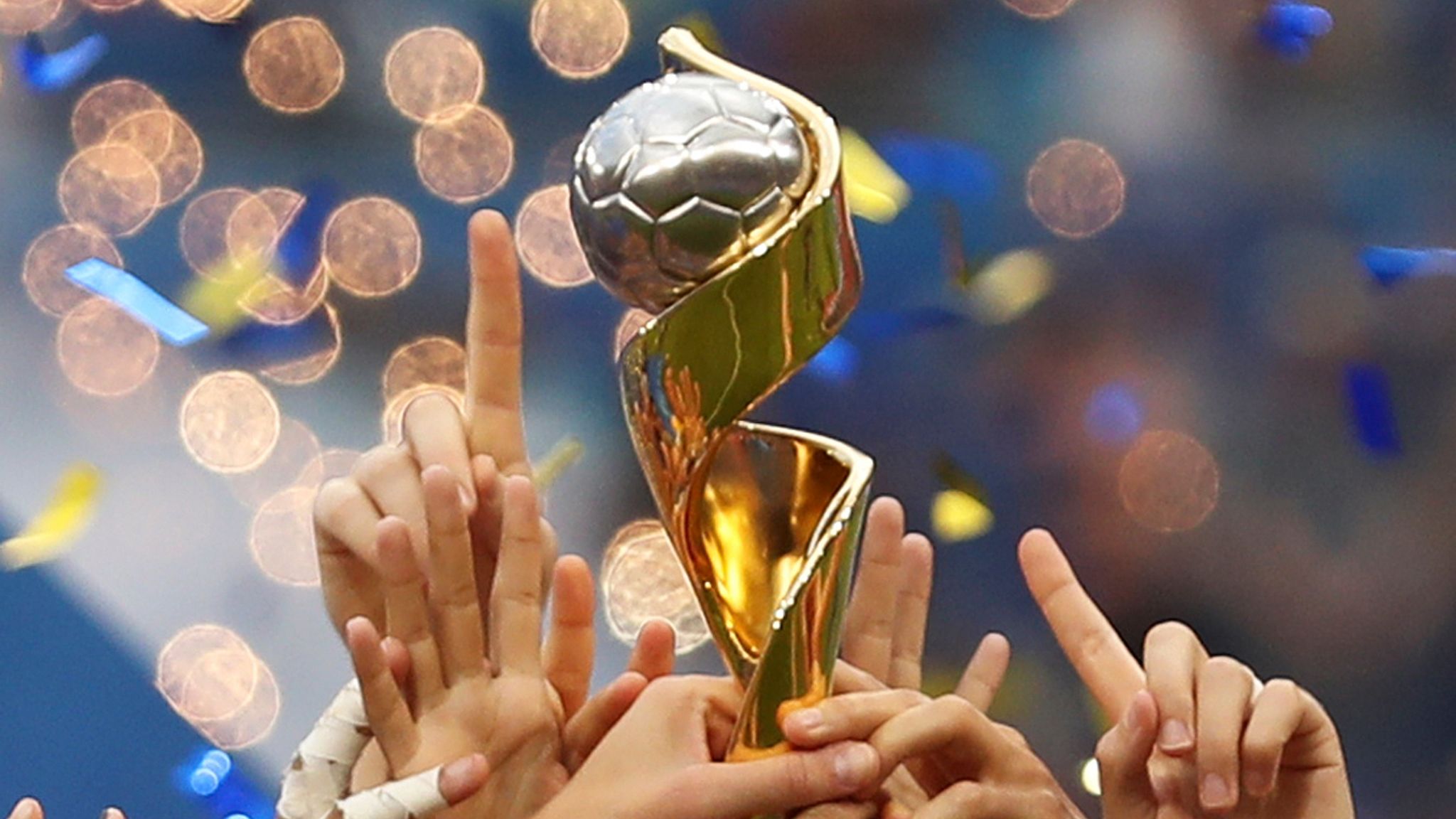

 Transfers20 hours ago
Transfers20 hours ago
 News3 days ago
News3 days ago
 More Sports15 hours ago
More Sports15 hours ago
 CHAMPIONS LEAGUE19 hours ago
CHAMPIONS LEAGUE19 hours ago
 News2 days ago
News2 days ago
 Local News20 hours ago
Local News20 hours ago
 Local News9 hours ago
Local News9 hours ago






